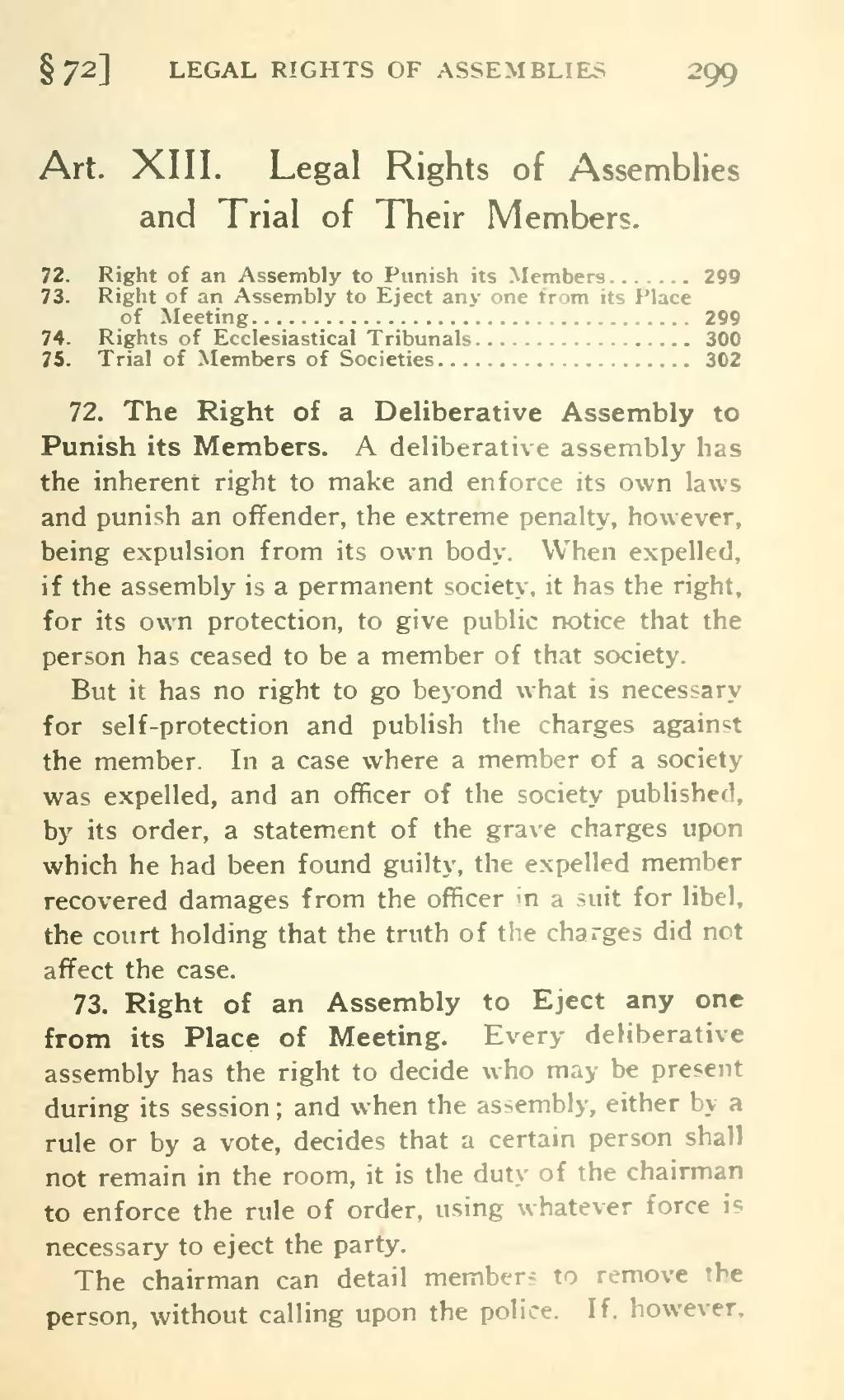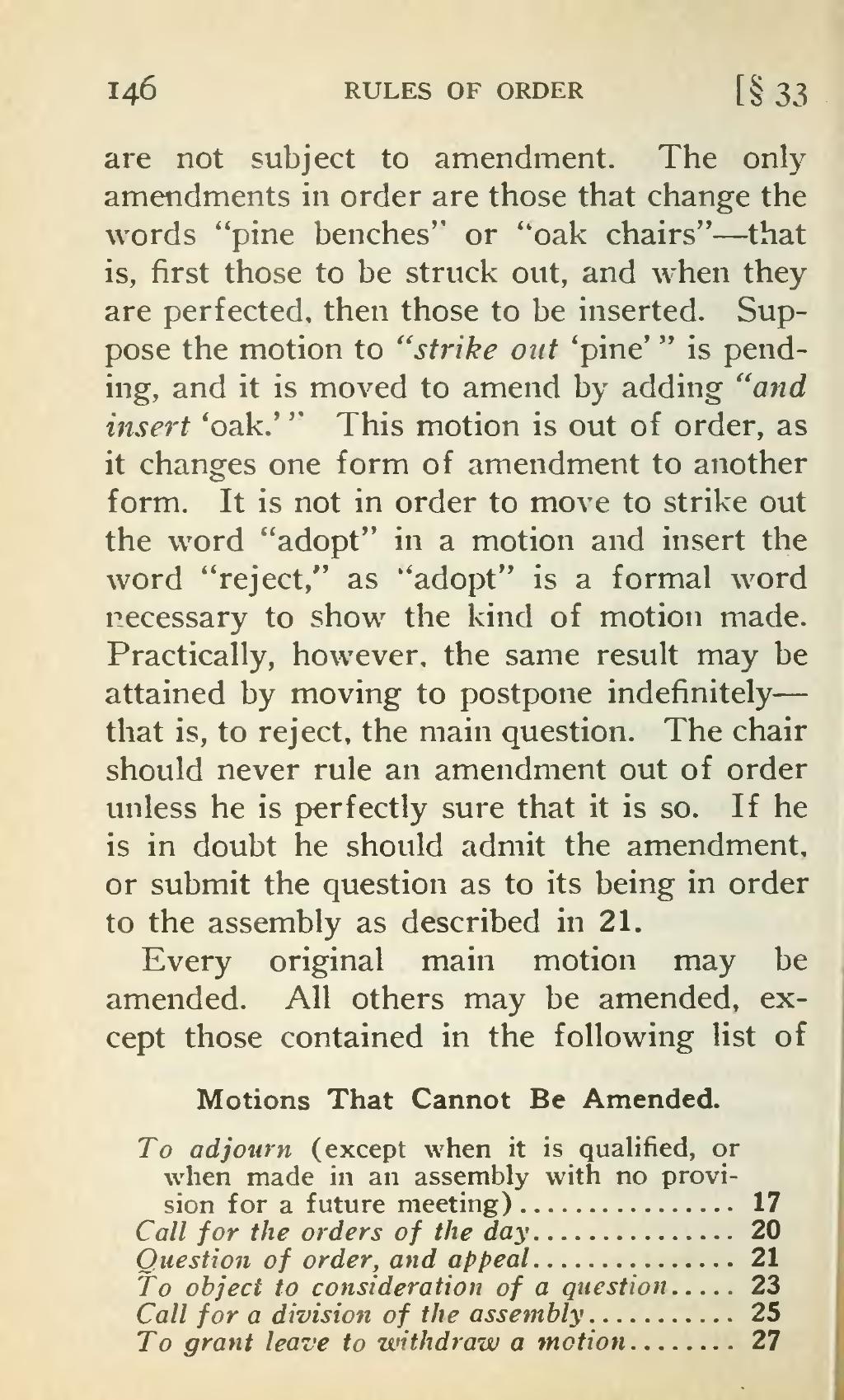A virtual data room is a safe cloud-based repository that can be used for storage and sharing of documents with multiple users. VDRs are typically used for M&A transactions, other business processes, but they can also be useful in internal collaboration and archiving of data.
In contrast to physical file-sharing services VDRs provide secure, 24/7 access to authorized users. They often come with collaboration tools and workflow automation in order to increase efficiency and facilitate teamwork. The most well-known online data rooms provide all the administrative services including document scanning and translation as well as data migration at a cost.
VDRs are frequently used by immovable property businesses to share large amounts of documents with potential buyers and investors. These platforms must offer my blog an extremely secure environment, as sensitive financial information could be involved. A lot of litigation processes also require a high level of confidentiality.
Many traditional VDRs require their users to download plugins or desktop software to utilize specific security features. This can impede the transaction process and prevent some prospective buyers or partners from accessing the information.
A modern online data room may contain granular access control including real-time vector watermarking, real-time vector and labels for classification to protect sensitive files. It also can detect abnormal behavior, such as the unintentional downloading of files or malware detection, to prevent data breaches. It is also able to integrate with popular productivity software such as project management tools and communication platforms in order to improve collaboration and eliminate the necessity to switch between various applications.








